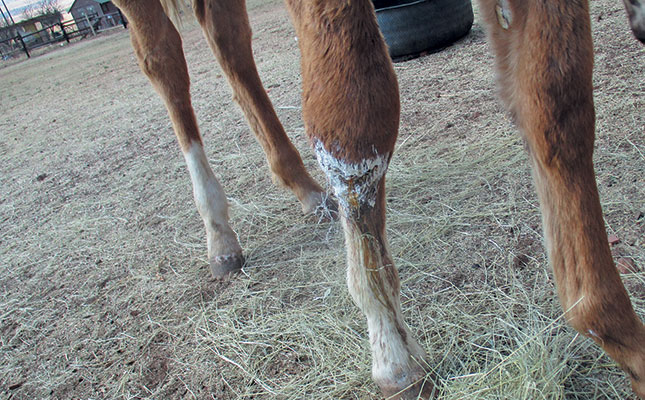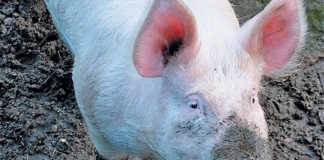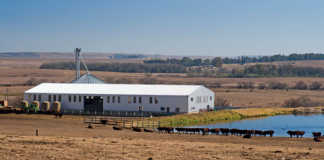
If your horse requires emergency treatment, your first action should be to phone your vet. The second should be to ask him or her what you can do to help your horse in the meantime.
Most emergencies fall into the following categories: wounds that need stitching or are bleeding severely, injuries and fractures, colic, and foaling.
A good knowledge of bandaging is essential for treating injuries, knocks and sprains to the lower legs. The Manual of Horsemanship, by the British Horse Society and Pony Club, is an excellent guide in this respect.
Bleeding
If your horse is bleeding severely, put sugar or honey on the wound to help the blood clot, then cover it with a large absorbent pad such as a disposable nappy.
Bandage this in place if the wound is on the neck, face or limb, ensuring that the bandage is not too tight. Never use a tourniquet, as this can interrupt the circulation, leading to permanent damage if left for more than 10 minutes.
Keep the horse quiet and continue putting pads on the wound if the blood soaks through.
A gaping wound
If this needs stitching, it should not be allowed to dry out. Do not treat it with sticky ointments or purple spray (wound aerosol), as these can make it difficult to stitch up successfully. Instead, wash the wound with a saline solution (dissolve one teaspoon of table salt in 250mℓ of boiled and cooled or bottled water).
Then wet swabs or a clean cloth (not cotton wool as it sticks to the wound) in the solution and drape these over the wound to keep it moist.
Sprains and strains
For sprains and strains, rub horse liniment gently into the legs or over large muscles.
Fractures and shock
In the case of a fracture, keep the horse still and apply a thick support bandage with cotton wool. If the horse is in shock, after a bad fall, for example, dose it with one to two cups of sugar solution, made by mixing three teaspoons of sugar per 250mℓ of water.
Colic
Colic has a number of causes, each with different signs. The treatment varies according to the type of colic. Whatever treatment you apply, walk the afflicted horse gently in circles and prevent it going down and rolling.
For mild colic, administer five Disprin tablets dissolved in about 50mℓ of water, by mouth. Aspirin is a recognised equine painkiller, and the advantage of Disprin is that it dissolves easily. At this dose, it will not interfere with subsequent veterinary treatment.
Foaling
If you know you are likely to have problems during foaling, make arrangements well in advance for your vet to be available. Monitor the mare, and phone the vet if the foal is not born within two hours of the mare starting to push.
Establish a good working relationship with your vet. Few vets will be keen to rush out to an emergency if you are a new client who has never before used the practice for routine vaccinations and deworming.
Dr Mac is an academic, a practising equine veterinarian and a stud owner











